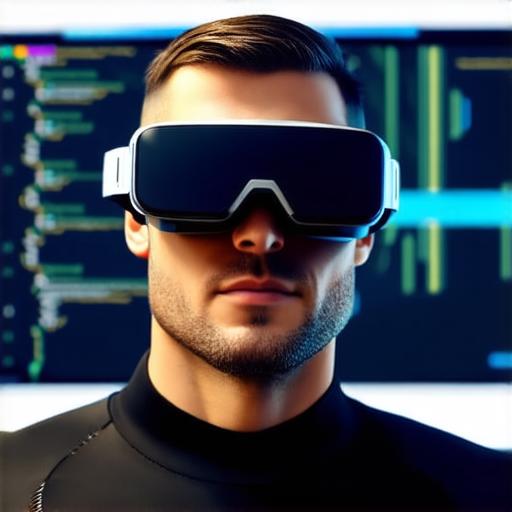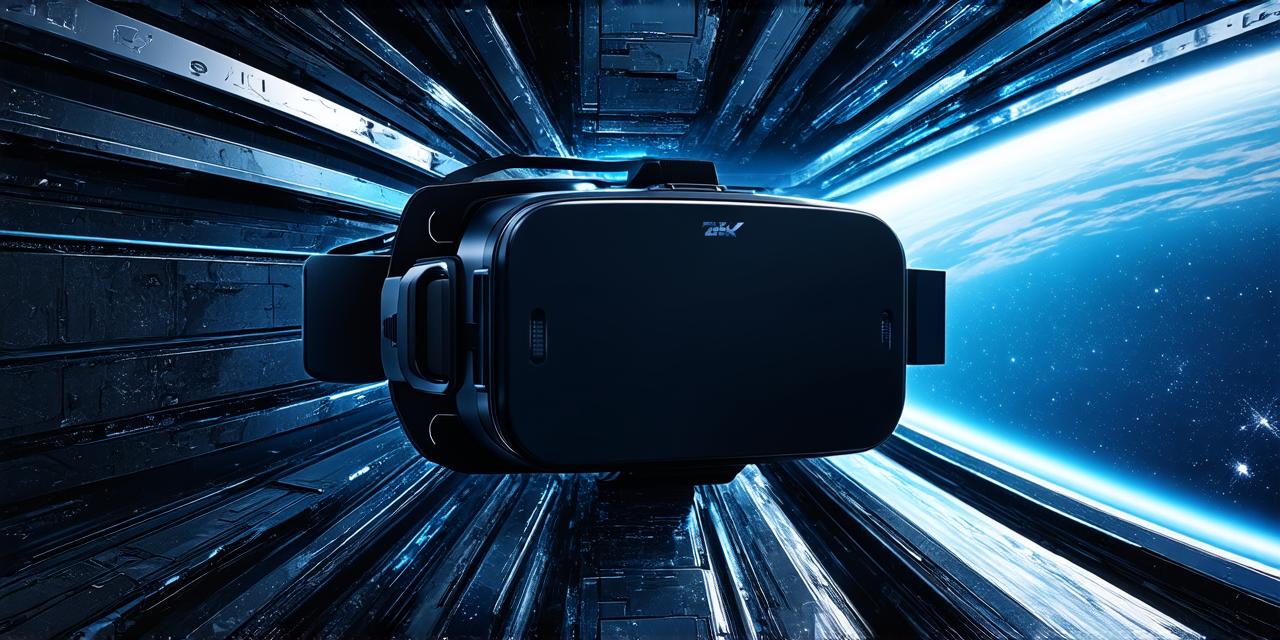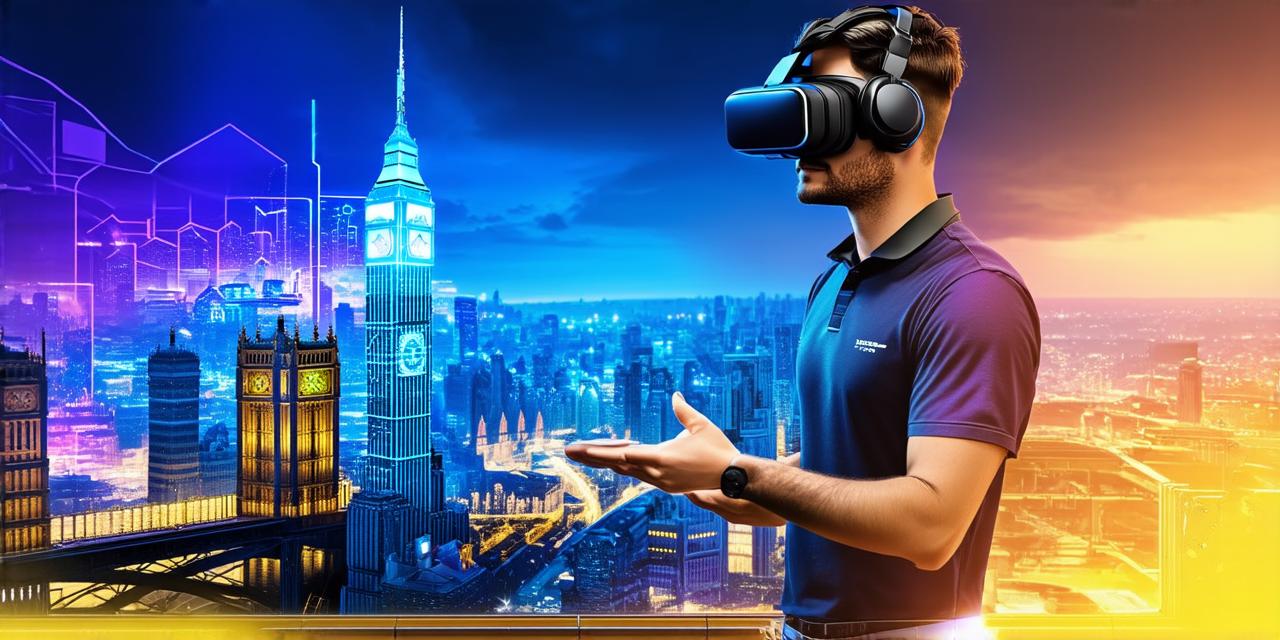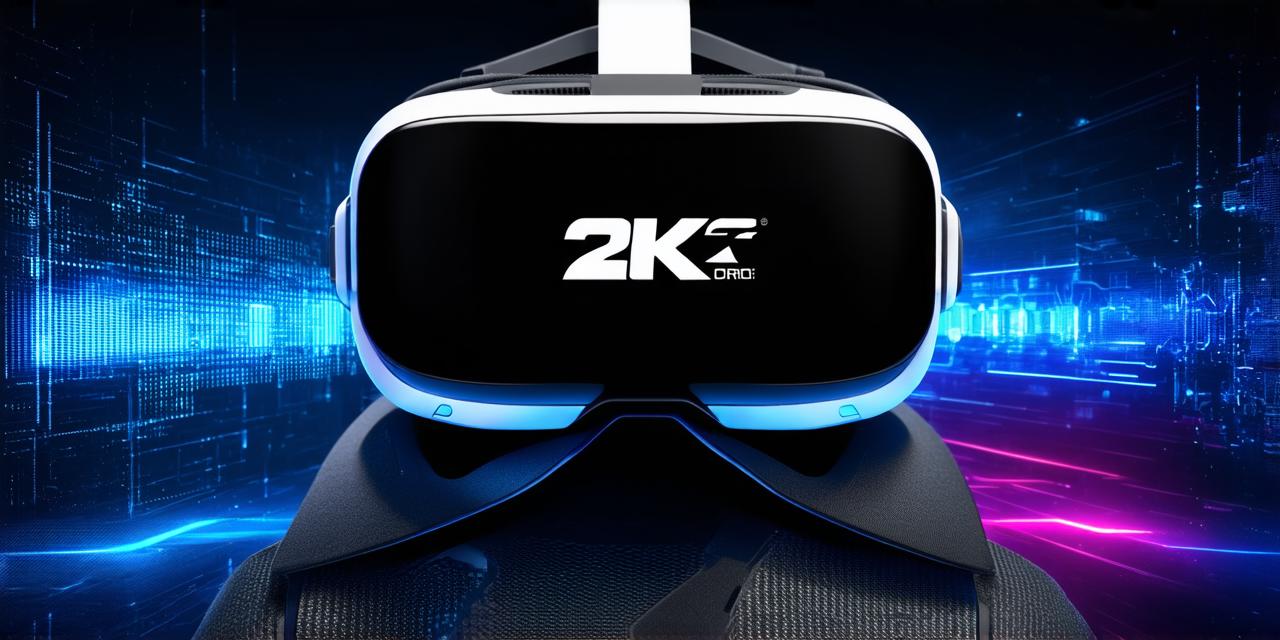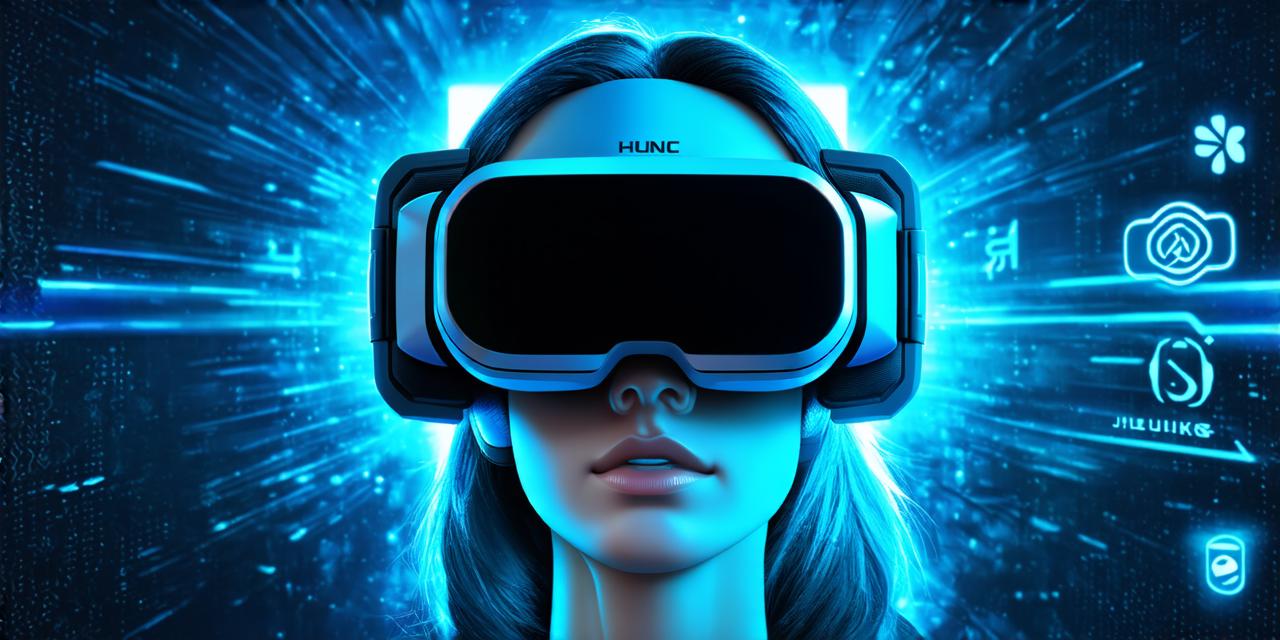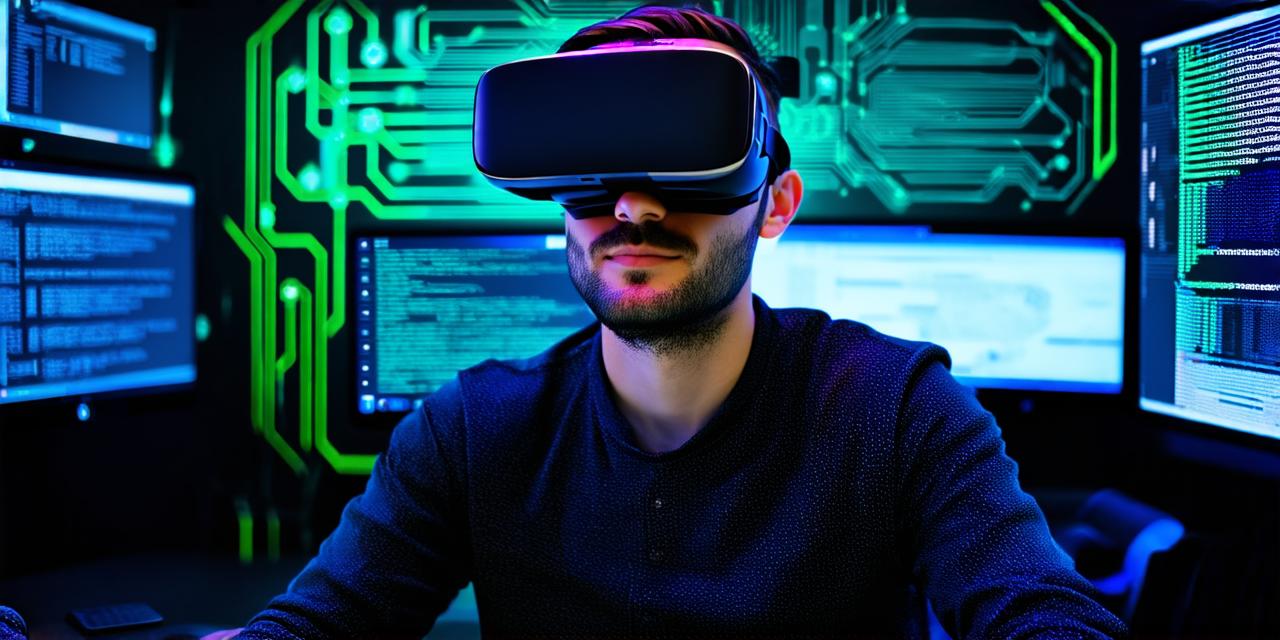When it comes to VR technology, frame rate is one of the most important factors to consider. The frame rate refers to the number of times per second that an image is displayed on the screen. A higher frame rate means smoother and more immersive visuals, while a lower frame rate can result in motion sickness and disorientation.
For AR developers, understanding the frame rate of VR headsets is crucial. In this article, we will explore what the frame rate of a VR headset signifies and how it affects the user experience. We will also provide some tips on how to optimize your AR application for different frame rates.
Frame Rate vs. Refresh Rate
Before we dive into the specifics of frame rate, let’s first understand what refresh rate is. The refresh rate refers to the number of times per second that a screen is refreshed or redrawn. This is usually measured in hertz (Hz). A higher refresh rate means smoother visuals, while a lower refresh rate can result in flickering and stuttering.
Frame rate and refresh rate are often used interchangeably, but they refer to different aspects of the display process. Frame rate refers to the number of frames per second that are displayed on the screen, while refresh rate refers to the number of times the screen is refreshed per second.
Why Frame Rate Matters
Frame rate plays a crucial role in determining how immersive and comfortable the user experience is in VR. A higher frame rate means smoother and more realistic visuals, which can lead to a more immersive experience. On the other hand, a lower frame rate can cause motion sickness, disorientation, and even nausea.
When it comes to VR headsets, the frame rate is usually measured in frames per second (fps). A higher frame rate means smoother visuals and less motion sickness, while a lower frame rate can result in discomfort and motion sickness. There are also different types of VR headsets available on the market, each with its own frame rate capabilities.
Frame Rate vs. Realism
While a higher frame rate can result in smoother and more immersive visuals, it does not necessarily mean that the experience is more realistic. The realism of an AR application depends on other factors such as resolution, lighting, and sound design.
In fact, sometimes a lower frame rate can actually enhance the realism of an AR application. This is because a slower frame rate allows for more time to render the visuals, resulting in better quality textures and lighting effects.
Frame Rate vs. Comfort
As we mentioned earlier, a higher frame rate can lead to less motion sickness and discomfort, while a lower frame rate can cause motion sickness and disorientation. However, there is a trade-off between comfort and realism. A higher frame rate means smoother visuals but can also result in more processing power required to render the visuals, which can impact performance and comfort.
Optimizing AR Applications for Different Frame Rates
When developing an AR application, it’s important to consider the target frame rate of the VR headset being used. This will help ensure that the application runs smoothly and provides a comfortable experience for the user. Here are some tips on how to optimize your AR application for different frame rates:
- Keep it simple: Avoid using complex graphics or effects that require a lot of processing power, as this can impact performance and comfort.
- Optimize textures: Use lower-resolution textures where possible, as this can reduce the amount of processing power required to render the visuals.
- Reduce lighting effects: Use fewer lighting effects or simplify them where possible, as this can improve performance and comfort.
- Avoid motion sickness triggers: Be mindful of motion sickness triggers such as fast camera movement, sudden changes in direction, and rapid movements.
